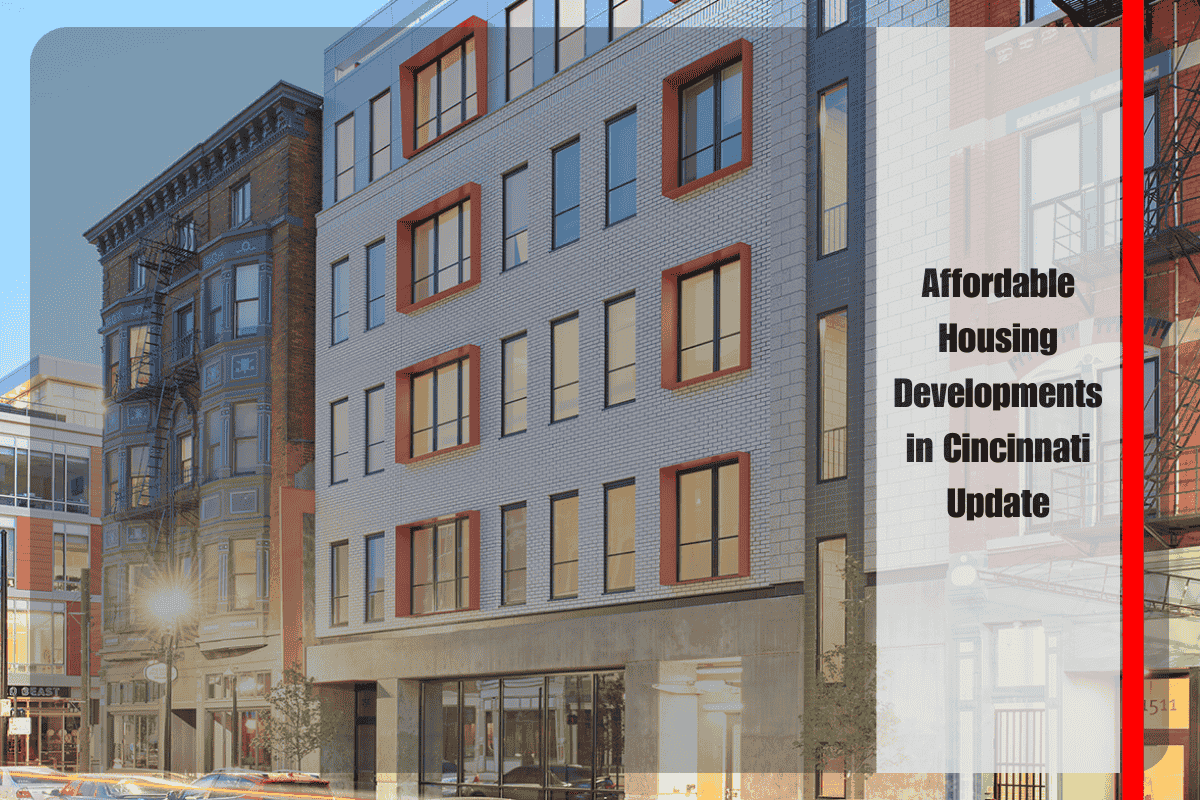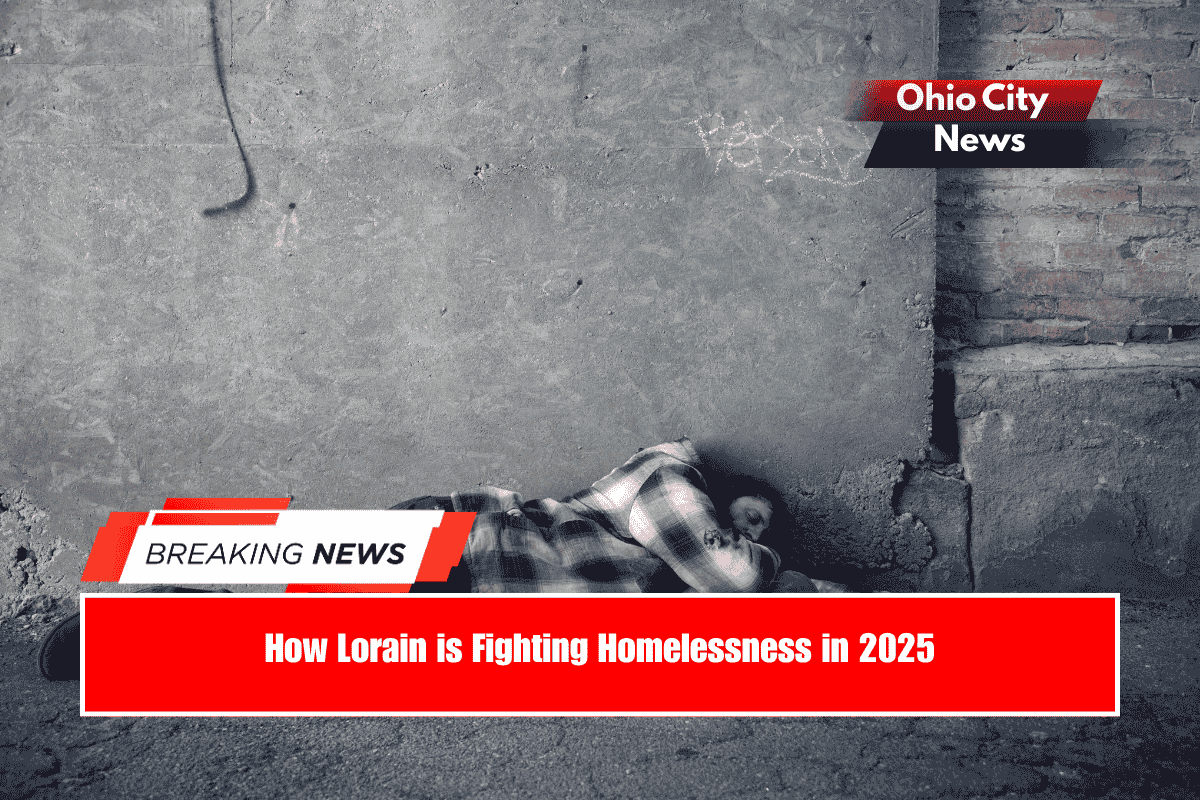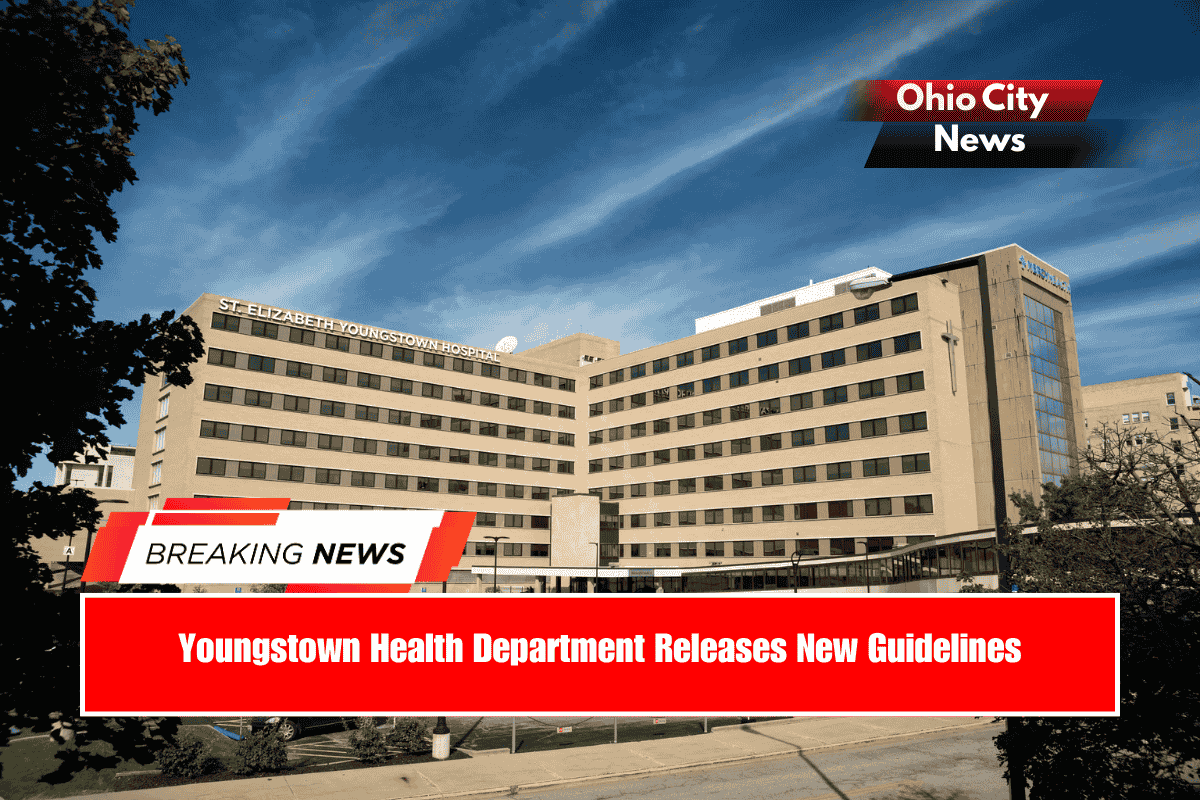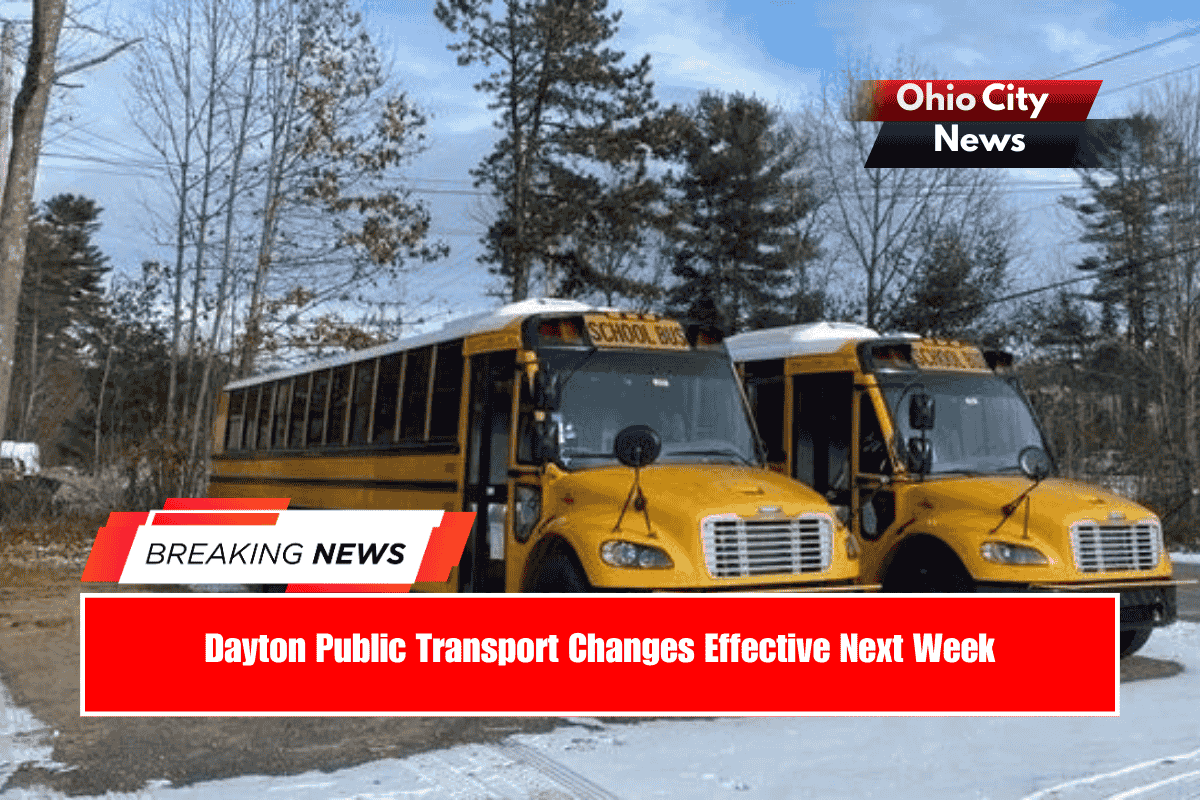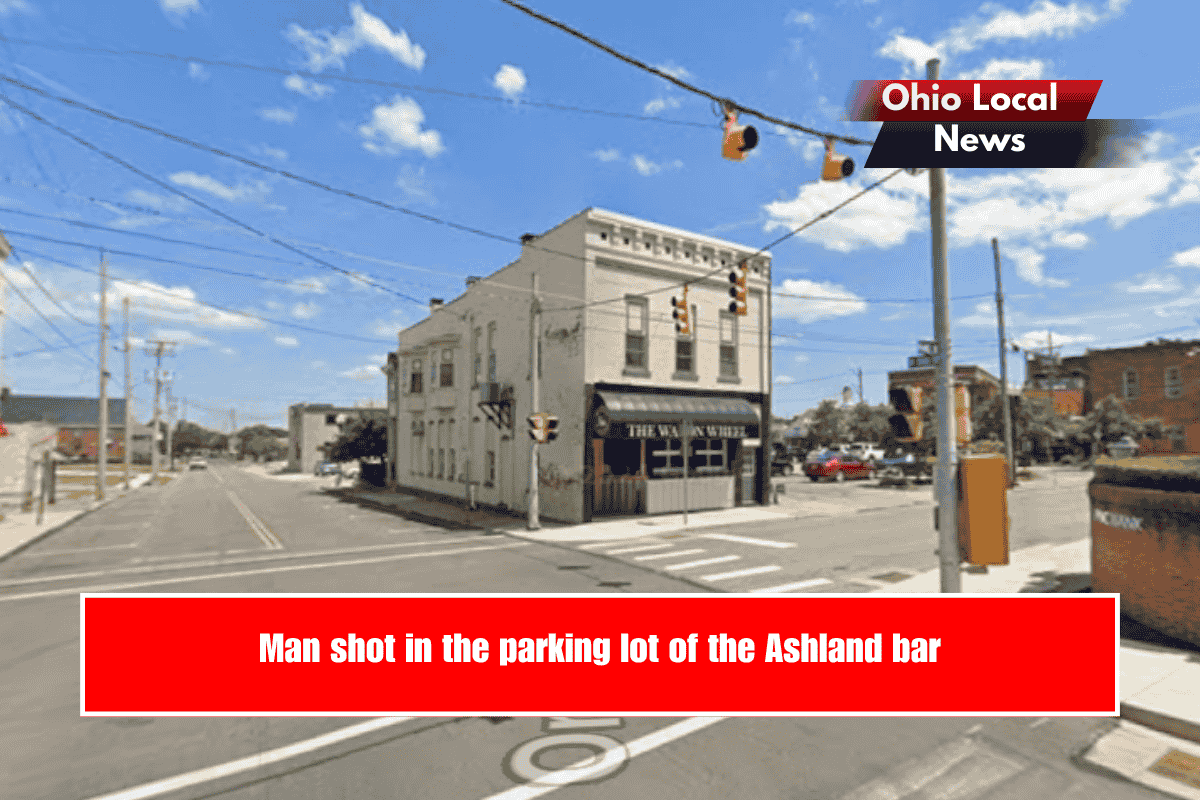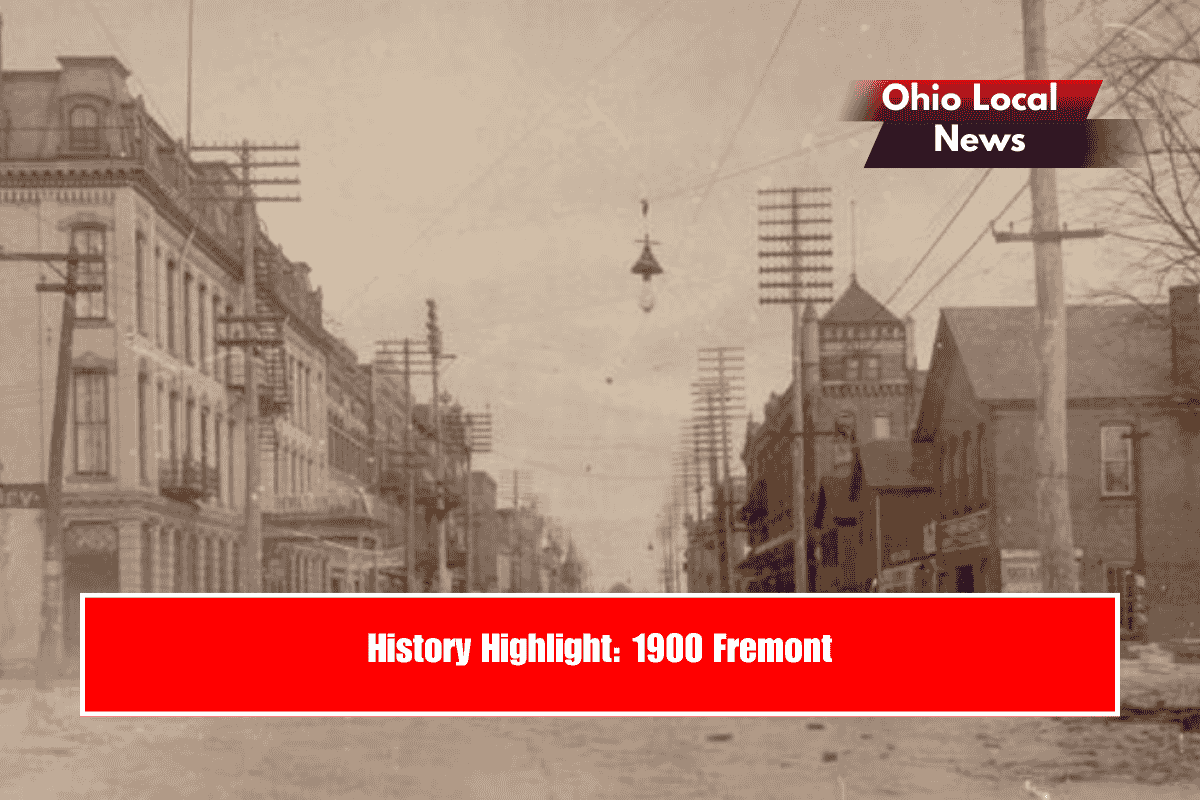Here is an update on affordable housing developments in Cincinnati for 2025 based on recent projects and initiatives:
Pennrose, a national leader in affordable housing development, is nearing completion of phase two of its Thatcher Flats development in Walnut Hills. This follows phase one, which delivered 50 income-restricted units, with the current phase adding 36 more units. The 86-unit project aims to preserve affordability for longtime residents and attract new community members, supporting the neighborhood’s revitalization efforts. Pennrose also has projects like HaNoBe and John Arthur Flats in College Hill, offering varied affordable housing options across Cincinnati neighborhoods.
In 2025, Cincinnati received three competitive Low Income Housing Tax Credit awards to fund affordable housing projects, marking a jump from previous years. Projects include the rehabilitation of 13 historic buildings in Over-the-Rhine and West End neighborhoods (Wesley Baymiller project) for 60 units, a 57-unit project in Clifton Uptown called Vine and Polk, and the 25-unit Pleasant House redevelopment providing permanent supportive housing for people experiencing homelessness with additional mental health challenges. These developments focus on affordability for residents with incomes at or below 60% of the area median.
City and nonprofit partnerships, particularly with the Cincinnati Development Fund (CDF), have been key in leveraging and combining funding from various sources to scale affordable housing efforts, increasing annual production from about 256 units to over 700 projected units per year.
April Housing, part of Blackstone Real Estate, is also active in Cincinnati’s affordable housing preservation, recently completing preservation of 204 income-restricted units in the Liberty Township area for another 30 years, with ongoing investments to improve community living conditions.
Neighborhood revitalization efforts, especially in Walnut Hills, are bringing diverse housing options from starter homes to historic houses aligned with affordability goals. Improved transit and urban amenities continue to make the city’s affordable housing more viable and desirable.
Overall, Cincinnati’s affordable housing landscape in 2025 is marked by increased collaboration, funding success, and targeted development projects preserving and expanding quality affordable units across the city’s key neighborhoods.
Sources
(https://thinktv.org/pennrose-adds-to-the-affordable-development-housing-stock-in-cincinnati/)
(https://www.wvxu.org/politics/2025-06-09/cincinnati-tax-credit-awards-affordable-housing)
(https://www.aprilhousing.com/april-housing-on-track-to-become-largest-preserver-of-affordable-housing-in-2025/)
(https://bloombergcities.jhu.edu/news/partnership-thats-beginning-break-citys-housing-logjam)
(https://movingaheadservices.com/up-and-coming-neighborhoods-in-cincinnati-where-to-move-in-2025/)
